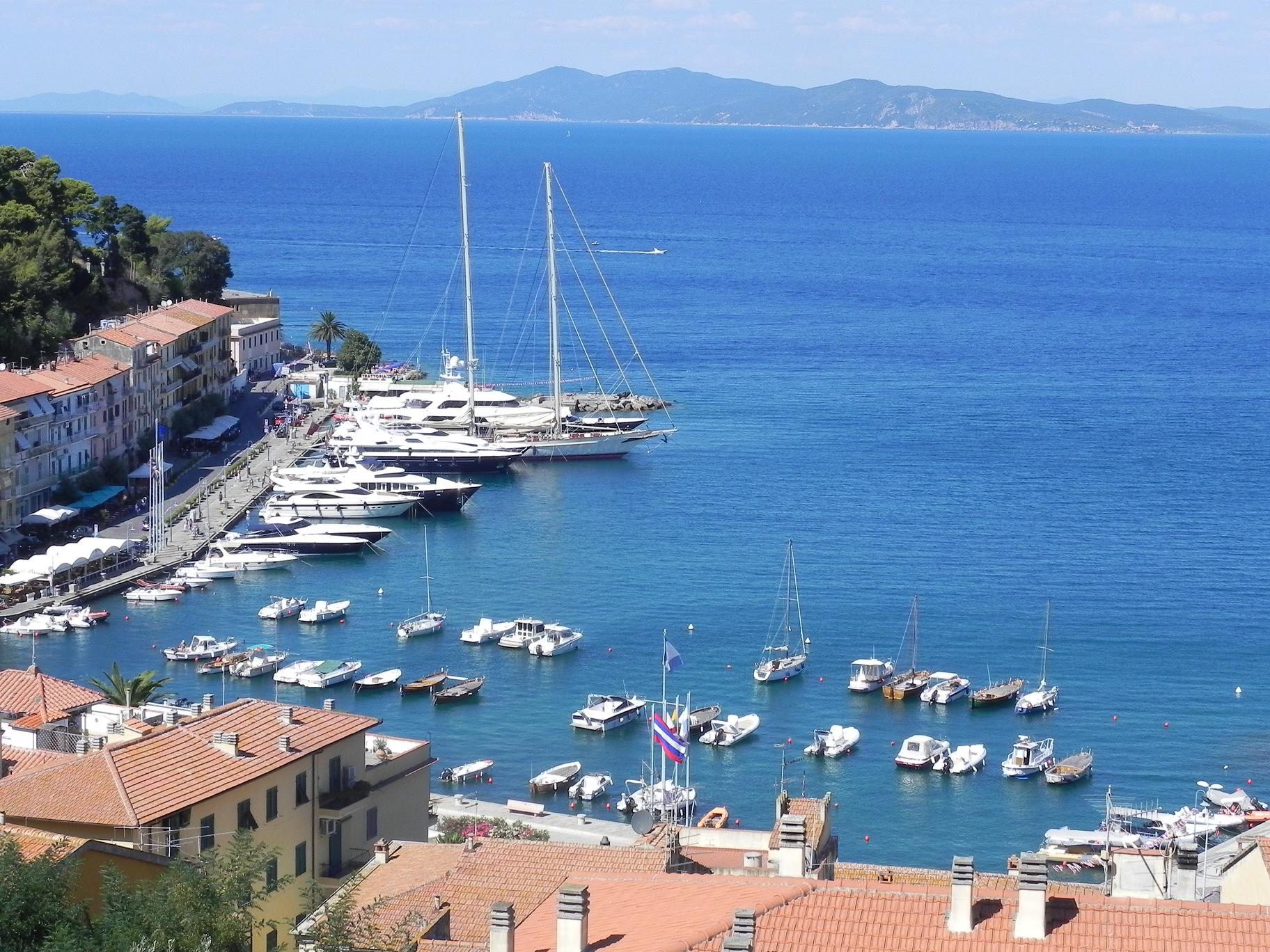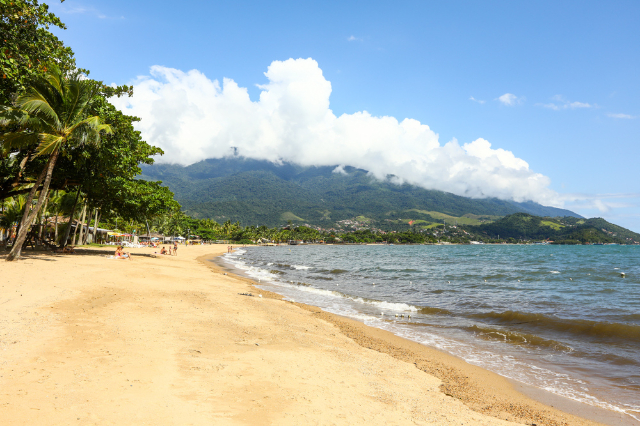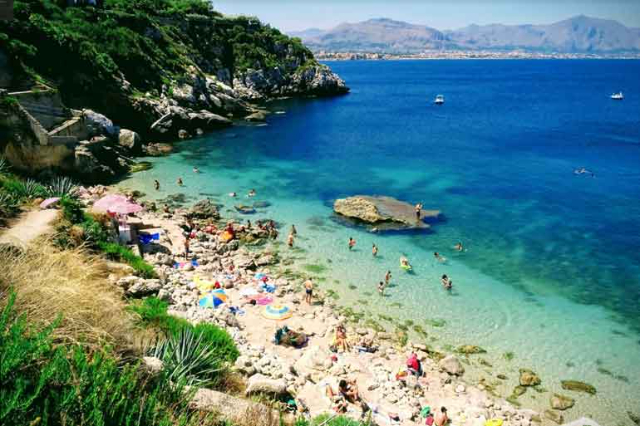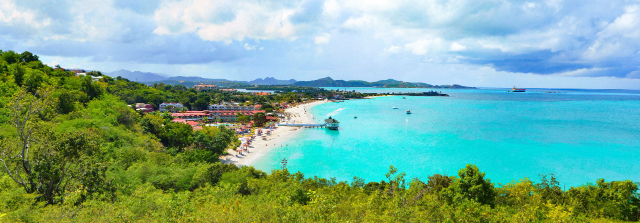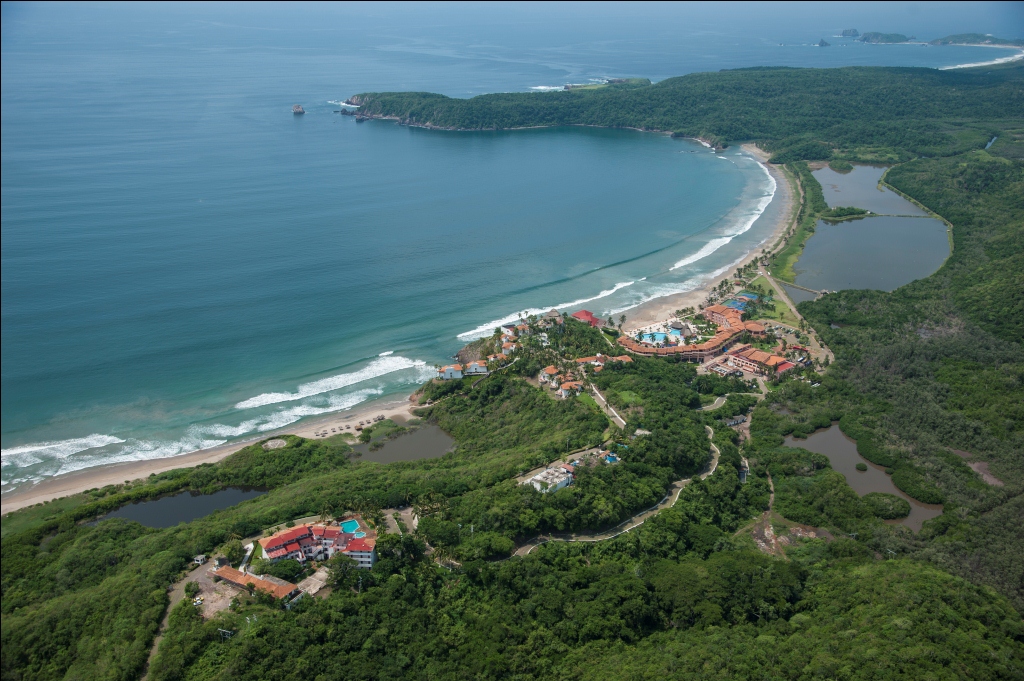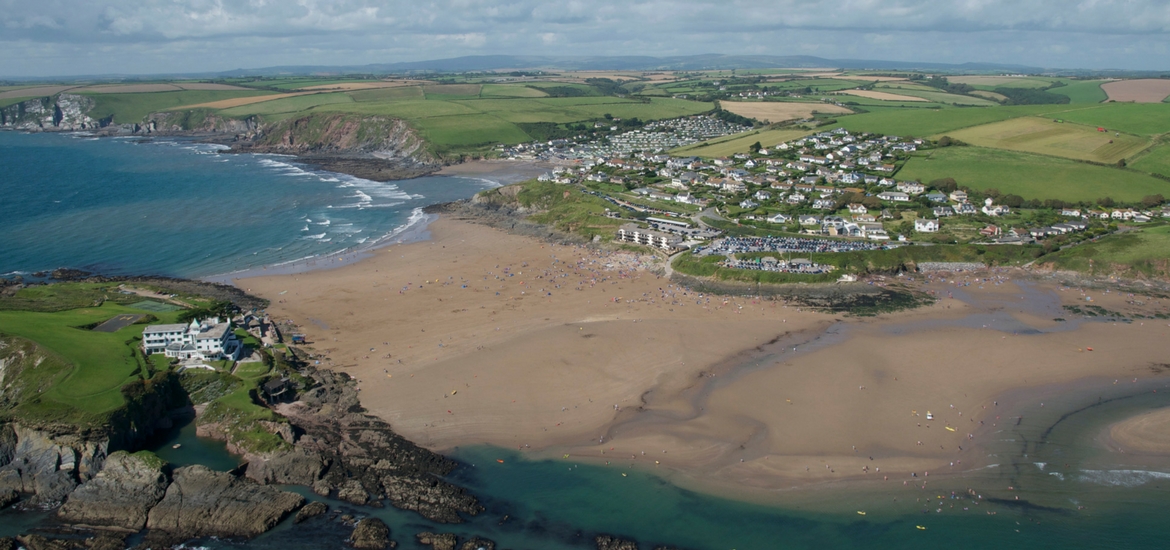The built-up area of Porto Santo Stefano develops along the two harbors. The commercial port, the larger one, is the first one encountered upon entering the town; fishing boats moor there and ferries to the islands of Giglio and Giannutri dock. The Pilarella marina, on the other hand, is the place for strolling and relaxing in Porto Santo Stefano. You get there by walking along the promenade designed by Giorgetto Giugiaro, here the tables of the bars and small restaurants overlook the sea and allow you to taste the local cuisine in total relaxation while admiring the panorama of this charming seaside village.
Because of its excellent geographical location it was certainly frequented already by ancient peoples who sailed the Mediterranean. However, only the Romans left tangible traces of their remote presence, including the imperial villa of the Domizi Enobarbi from the 1st century BC. The Romans in their maps referred to Porto S. Stefano by various names, such as Portus Traianus, Portus ad Cetarias or Portus Incitaria. Under Sienese rule from the early 15th century to the mid-16th century Porto S. Stefano was reported to be only an unremarkable landing place and subject to frequent pirate raids. To this period date the constructions of the Argentiera Tower (probably in 1442) and some coastal towers. Development of the center did not begin until around 1550 under Spanish Governor Nunez Orejon de Avila, and continued hand in hand with the creation of the Presidi State and the construction of the Spanish fortress (early 17th century) placed to control the port. On May 9, 1646, Porto S. Stefano was conquered by the French and then returned under Spanish rule in July of the same year, in 1707 along with the entire state of the presidios it was conquered by the Austrians, in 1737 it belonged to the Bourbons, and in this period there was the first demographic development resulting from the settlement in the place of many families from Naples, the island of Elba, and Liguria. In 1801 it joined the kingdom of Etruria, and in 1815 with the Treaty of Vienna it was assigned to the Grand Duchy of Tuscany. In 1842 Grand Duke Leopold II established the community of Monte Argentario, where Porto Santo Stefano represented the capital and Porto Ercole the hamlet. Finally in 1860 along with all of Tuscany it went to join the Kingdom of Italy. The Spanish fortress is the most interesting building in the town; it was built during the viceroyalty of Don Parafan de Ribera and given the scant space devoted to housing, it most likely had more of a sighting function than a defense function.
Also of note is the presence of several coastal towers in addition to the already mentioned Argentiera Tower, away from the sea located on the hill of the same name, it is 25 meters high has a square plan and there are no entrance doors but a single opening in the middle of the wall. Until the end of World War II, the main sources of the Santostefanian economy were agriculture, fishing and shipping. Since the 1960s, however, the tourism sector has developed considerably, coming to be the main resource in the town’s economy.
